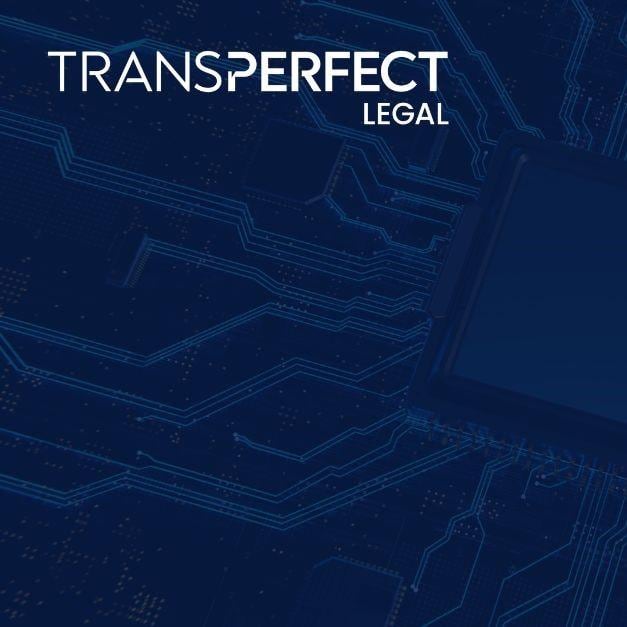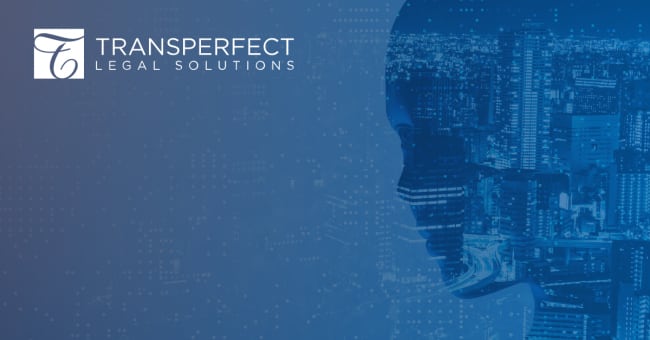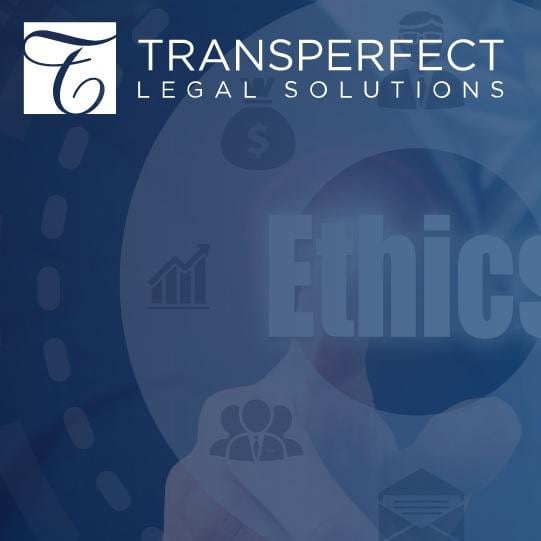The Evolution of AI in Language Processing and Its Impact on IP / Patents


The world is buzzing with the possibilities of generative artificial intelligence (GenAI). If you're an intellectual property (IP) or patent attorney, chances are your inbox is filled with updates on the latest AI advancements—developments that are rapidly transforming how you search, analyze, draft, and manage patents.
Among the most widely discussed technologies are large language models (LLMs) and neural machine translation (NMT). Though often lumped together under the AI umbrella, these tools serve different purposes and offer distinct benefits, especially in the context of IP and patents. Let’s take a closer look at how they’re being applied in the field.
How GenAI is Changing the IP Landscape
GenAI refers to machine learning models that generate new content such as text, images, audio, and video. One familiar example is LLMs, like ChatGPT, trained on vast datasets of internet text. These models are now performing a wide range of language tasks and showing real potential in the IP space.
Here’s where they’re making an impact:
1. Patent Search and Analysis
LLMs help with prior art searches by scanning large databases and identifying relevant documents. This can significantly cut down the time attorneys spend looking for comparable inventions. They also assist with trend analysis by evaluating volumes of filings to reveal patterns and emerging tech areas—valuable insights for strategic planning.
2. Patent Drafting
LLMs can auto-generate patent drafts based on technical descriptions, streamlining the drafting process. They’re also capable of suggesting language for claims that ensures comprehensive protection of inventive elements (though attorney oversight remains essential).
3. Intellectual Property Management
From categorizing and indexing portfolios to tracking renewal dates and licensing opportunities, GenAI can lighten the load of managing large patent holdings. It also plays a role in infringement detection by monitoring filings and market activity for potential overlaps with existing IP.
4. Language Processing Tasks
LLMs excel at summarizing complex patent documents into digestible overviews—ideal for attorneys needing quick comprehension. Translation is another area of interest, and it’s here that a different AI approach—NMT—takes the lead.
The Right AI for Translation: Why NMT Stands Out
Translation is one of the oldest challenges AI has tackled, and GenAI’s creative outputs often fall short when precision matters. One of the biggest limitations? Hallucinations—results that are inaccurate or nonsensical but sound plausible. That’s why a human-in-the-loop (HTL) approach, involving subject matter experts, is essential to validate AI-generated content.
While LLMs are versatile, NMT is purpose-built for translation—and that focus makes it more reliable. Based on deep neural networks, NMT learns from real, human-created translations. It mimics the way humans process language, translating directly from one language to another with greater accuracy and fluency.
To appreciate NMT’s value, it helps to understand how machine translation has evolved:
Rule-based (RBMT): Built on grammar rules, introduced in the 1950s. Requires heavy editing—especially in regulated fields.
Example-based (EBMT): Emerged in the 1980s. Matches phrases from a bilingual database.
Statistical (SMT): Introduced in the 1990s. Uses statistical models to match source and target language words—like the early Google Translate.
Hybrid: Combines RBMT and SMT with translation memory but still needs post-editing by linguists.
Neural (NMT): Introduced in 2013 and now widely adopted. Produces high-quality, fluent translations and has been validated across industries.
NMT is one of the most mature applications of AI, with a track record of productivity spanning 15–20 years. In contrast, LLMs are a more nascent technology. For optimal quality in patent translation, leveraging linguistic assets (such as translation memories and glossaries of preferred key term translations as training data to customize NMT engines) enhances translation quality by up to 50% without compromising IP security.
NMT in Practice: High-Quality Patent Translations
In a typical workflow, previously translated content is reused through translation memory. Then, NMT generates a first draft of new material. This draft is reviewed and refined by native-speaking patent linguists with subject matter expertise. The result? A proven, cost-effective translation process that meets strict industry standards and reduces filing costs by up to 40% in jurisdictions that require translations.
The Role of AI: Amplifying, Not Replacing
Since ChatGPT’s debut in late 2022, GenAI has been both celebrated and feared. But the reality is more nuanced: AI isn’t replacing legal professionals—it’s empowering them. When thoughtfully integrated, AI supports better decisions, boosts efficiency, and enables IP attorneys to focus on what they do best: delivering strategic value with human insight.
Curious how AI can elevate your patent workflows without compromising precision?
TransPerfect IP combines advanced NMT technology with human expertise to deliver high-quality, cost-effective patent translations and support across the IP lifecycle. Contact us to see how we can help you work smarter—while maintaining the accuracy your work demands.



